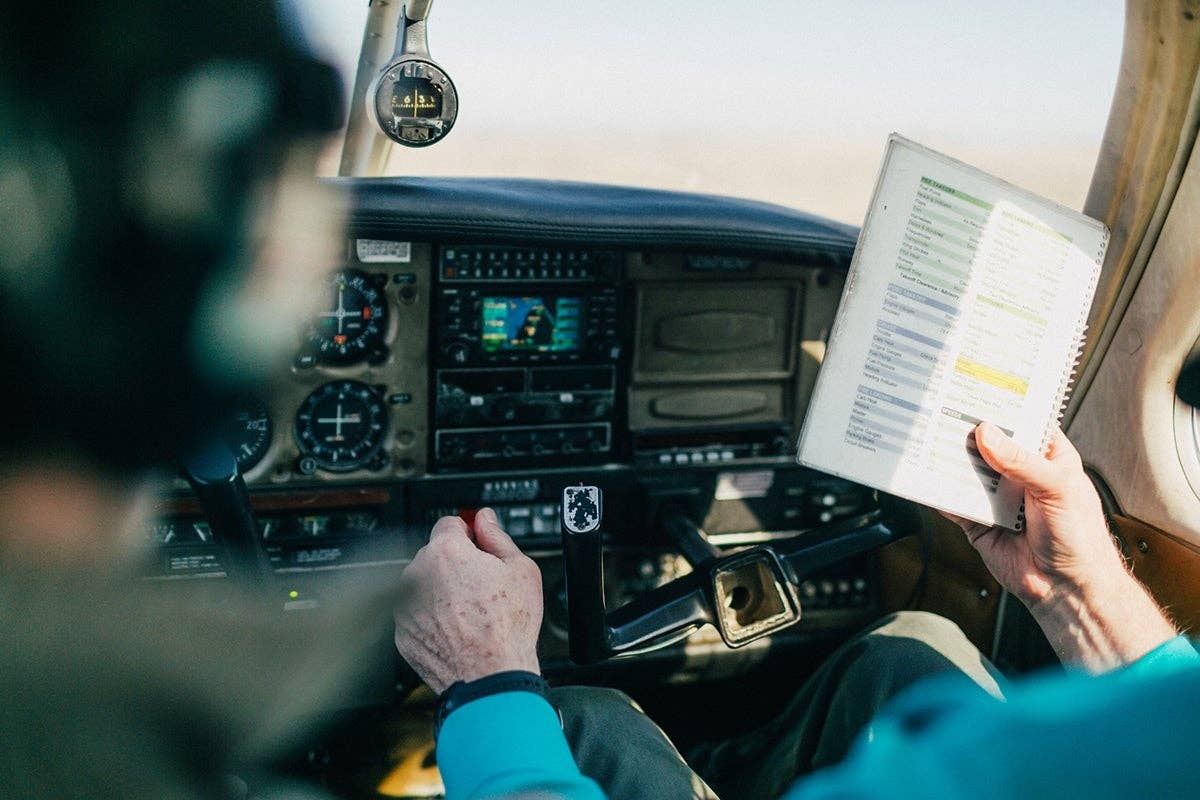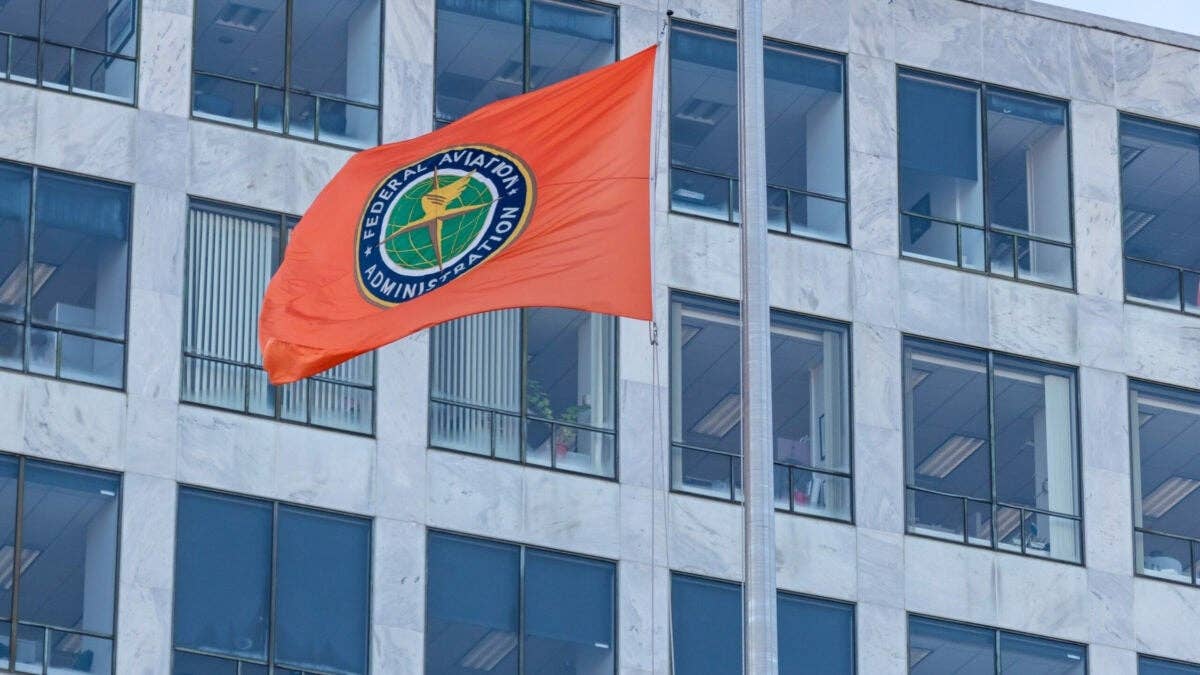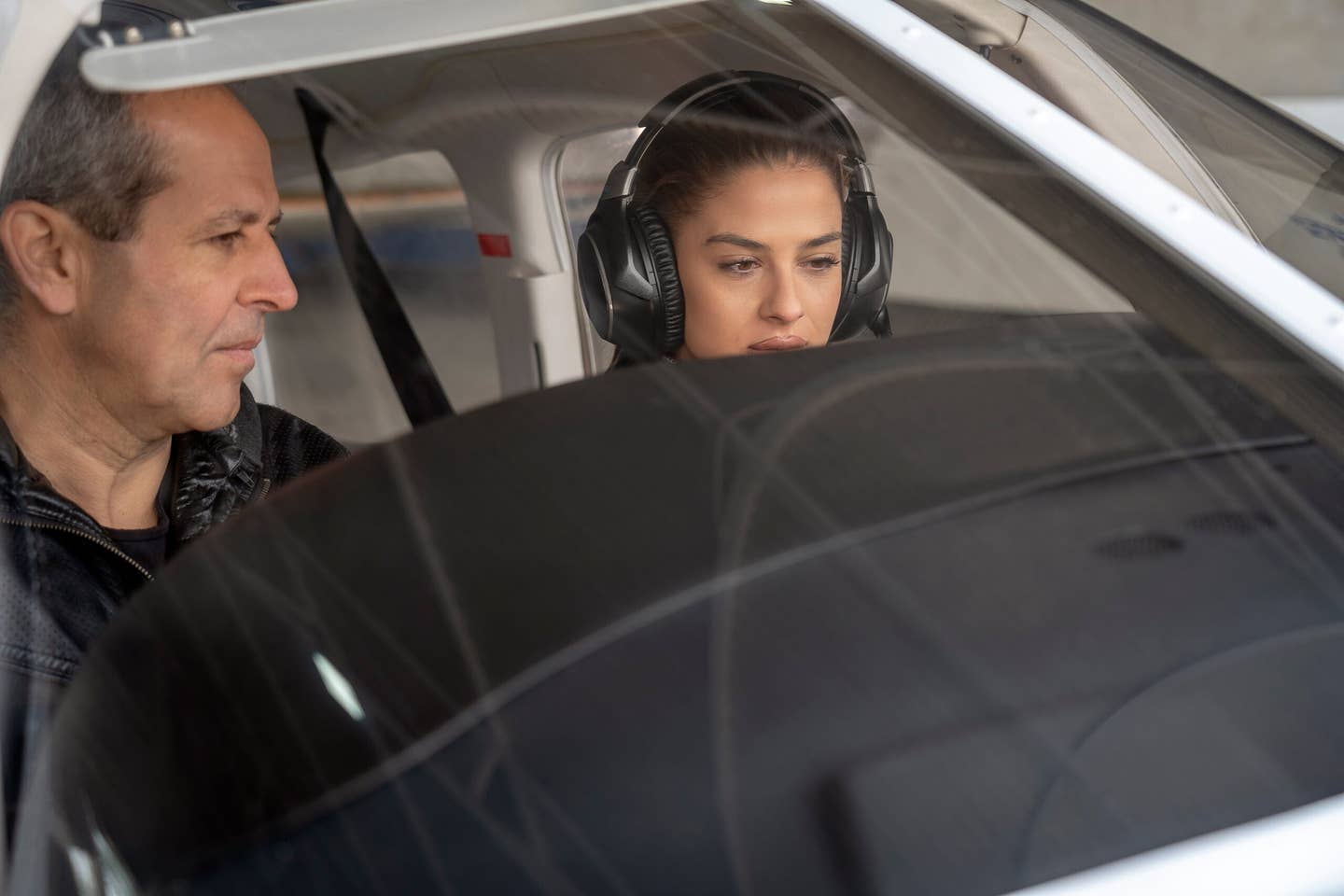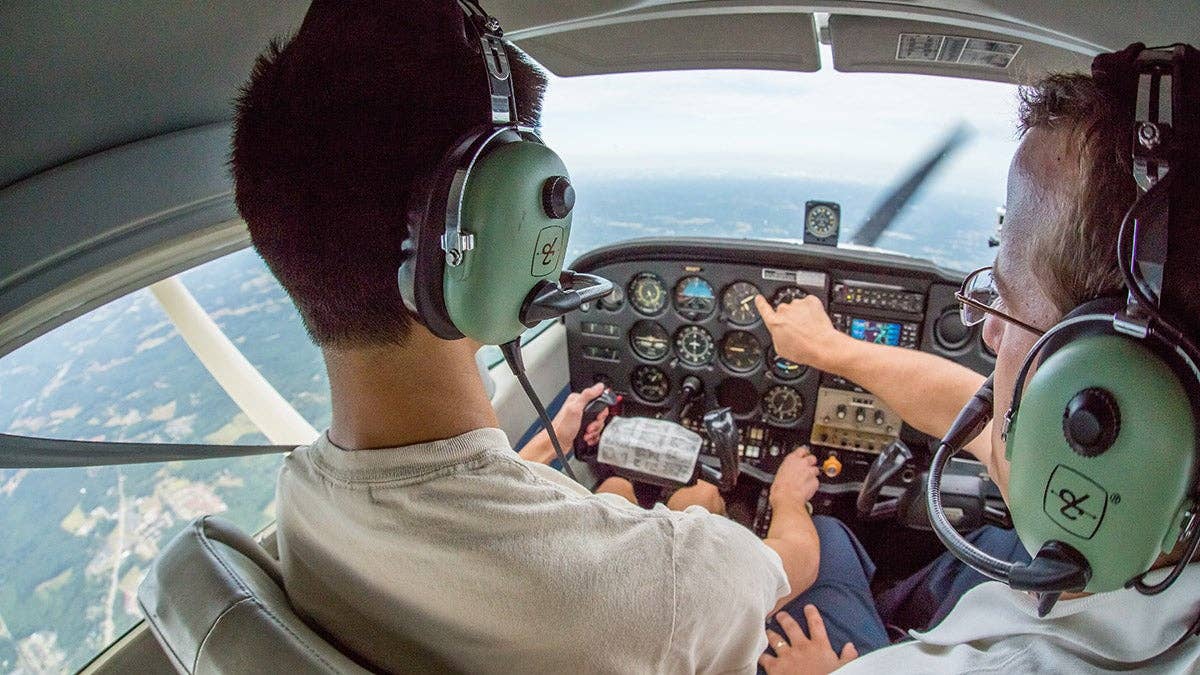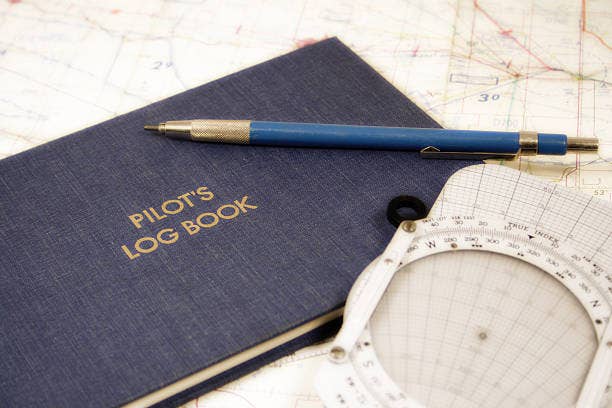
Stephen Strathdee
With the passing of daylight savings time, we're now faced with fewer hours to fly in sunshine. For many single-engine pilots, that means fewer hours of flying, since they prefer not to fly at night. For those who do, filing and flying an IFR flight plan is even more advisable. Having a second set of eyes following the progress of the flight can be a lifesaver, especially when visibility is reduced in darkness.
And it's not just the view out the window that is compromised. One of the under-discussed hazards of night flying is that all the familiar controls, switches and levers inside the cockpit are cloaked in gloom after dark. Of course yoke, throttle, mixture and prop controls still ought to fall naturally to hand, but lesser used cockpit hardware — cowl flaps, fuel selectors, pitot heat, and so forth — require extra attention when a simple glance isn't enough to locate and verify configuration.
Two specific hazards come to mind related to night flying. First, irregular rising terrain can be invisible, even when the weather is good. Especially in remote mountainous areas where ground lighting can be minimal or non-existent, controlled flight into unseen outcroppings of peaks has claimed many a VFR night flight. Terrain warning systems, whether incorporated into integrated glass avionics or as part of a portable GPS navigator, should provide VFR night an extra measure of safety. A failsafe solution is to follow IFR procedures, flying on airways and observing the published minimum safe altitudes. And following instrument landing procedures — either an ILS or even a non-precision approach — are vital aids to ensuring a safe landing at airports surrounded by terrain or other obstacles, such as towers.
Another trap for night VFR operations is — IFR weather. A bank of cloud along the route that would raise an alarm from many miles away in daylight can remain invisible at night until the airplane is surrounded by milky vapor. Then, even the dim, indistinct horizon becomes lost and the pilot is forced to rely solely on instruments. The shock of losing visual reference suddenly like that is often sufficient to induce a sense of panic, further eroding chances for a happy outcome. Having said all of that, it's also true that night flying can be hugely soul satisfying. With a full moon and clear star-studded skies, there can be no greater connection to the element we all love — the sky. From a practical point of view, the air is usually smoother at night, devoid of the effects of the sun heating the earth. Fewer airplanes are out flying, reducing the chances of collision, and even those fewer aircraft are often easier to spot with their strobes flashing and position lights glowing. So enjoy night flying, but take all available steps to enjoy it safely.
Call to action: If you have any tips of your own you'd like to share, or have any questions about flying technique you'd like answered, send me a note at enewsletter@flyingmagazine.com. We'd love to hear from you.

Sign-up for newsletters & special offers!
Get the latest FLYING stories & special offers delivered directly to your inbox

